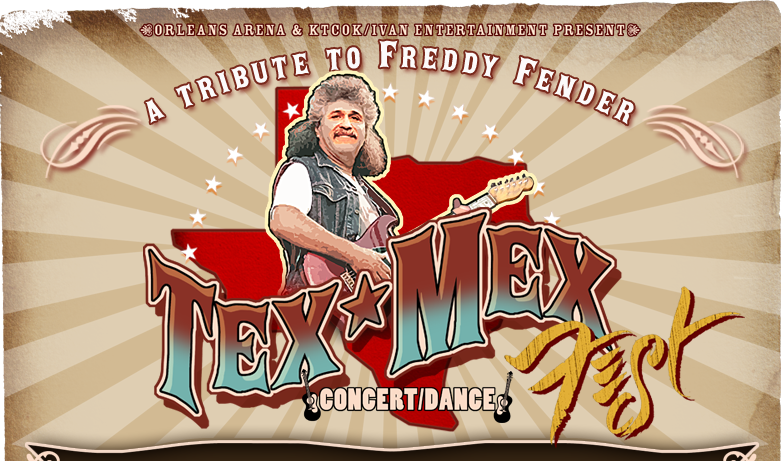In October 2006 I saw WICKED at the Paramount Theater in Seattle. Of course it was an incredible show, amazing singing and a totally engaging score.
The core musicians in the pit that tour with the show are the conductor, drums, guitars and keyboards. The other musicians (like brass and woodwinds) are contracted locally at each venue.
Here are some pictures of the orchestra pit of the WICKED touring crew. GREAT SHOW GUYS!!!!
Wicked Orchestra Pit Pictures
Bass Player
The bass player, (seen here drinking coffee), plays 3 instruments; a stand up bass, a fretless electric bass, and a fretted electric bass.
Bass player Mark
Guitar Player
This musician plays 6 instruments; a banjo, a mandolin, two acoustic guitars, and two different electric guitars to achieve different effects.
Percussionist
Chuck is the percussionist and he plays many, many different instruments. Besides the obvious timpani, bells, vibraphone, bass drum, tubular bells, and cymbals, he plays a number of very unusual instruments to achieve special effects including a peanut wind chime and a water pipe.
percussionist Chuck
more percussion equipment
Another view of the percussion area.
Percussion equipment
More percussion
This view is more or less the way Chuck sees his area.
percussion equipment 2
Keyboards
There are 4 keyboard synthesizers in the pit. One of them takes the place of the entire string section, and the other three take the place of other live musicians. Unfortunately, this isn’t good for live wind players, but it makes it cheaper for the producers of the show to stage a large production like this. The synthesizers blend in with the live musicians and make it sound like there is full orchestra in the pit. Here are two of the keyboards.
keyboard player
Drummer Booth
The drummer has his own booth in the pit. This is for a couple of reasons, but mostly it’s so that the sound man can create a good balance between the drummers sound and the acoustic musicians, and also so that his sound doesn’t bleed into the other musicians microphones.
inside drummer booth
Drummer booth
Inside the drummer booth. You can see that the drummer also has several percussion effects to play.
Brass Section
The brass section is made up of 1 trumpet, 1 french horn, and 1 trombone. If you look closely, you can see that they all use a variety of mutes to achieve different effects for different songs. The trumpet player plays a flueglehorn and a trumpet, and the trombone player plays a tenor trombone and a bass trombone.
brass players
Woodwind section
The woodwind section is made up of 1 clarinet, 1 flute, (me!) and 1 oboe. The clarinet player plays clarinet, Eb clarinet, bass clarinet, and soprano saxophone. I play flute, alto flute, piccolo, recorder, and pennywhistle. The oboe player plays oboe and english horn.
You may be interested to know that each musician gets paid more $$ for every instrument they play!
woodwind players
The Conductor
This is Bob the conductor. He, the drummer, two keyboard players, and the guitar player travel with the show; the rest of the musicians are local.
The conductor is really the one who runs the whole show. He is responsible for coordinating the singers with the musicians, and making sure that everything runs smoothly.


